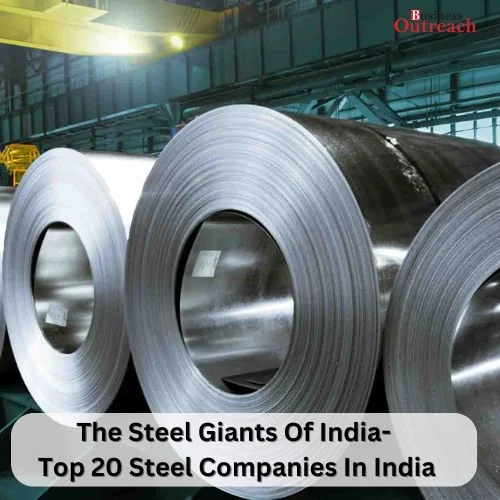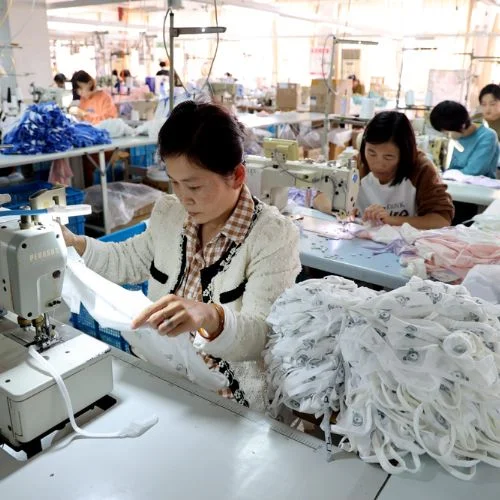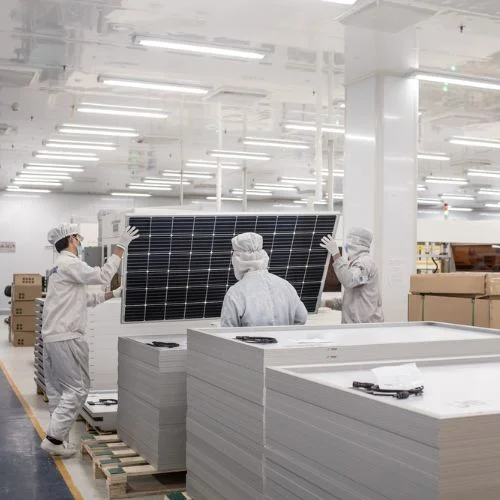Powered by new orders and production, India’s manufacturing purchasing managers’ index (PMI) surged to a four-month high of 57.2 in April from 56.4 in March, according to a private poll released on Monday.
“Several indicators suggested that the operating environment for the Indian manufacturing sector improved in April.” According to the S&P Global survey, “factory orders and output increased at the fastest rates in 2023 thus far, and firms increased input purchases due to stock-replenishment efforts.”
The worldwide rating agency’s survey score over 50 implies manufacturing expansion, while a score below that denotes manufacturing decline. Manufacturing production increased for the 22nd straight month in March, according to the figures.
Input cost inflation accelerated once again, according to the poll, but the most recent uptick was modest by historical standards, and output charges rose at a moderate rate that was consistent with their long-run average.
“Although manufacturers indicated higher operating costs in April—linked to fuel, metals, transportation, and some other raw materials,” the report added, “the overall rate of inflation remained below its long-run average despite quickening since March.”
According to Pollyanna De Lima, associate director of economics at S&P Global Market Intelligence, output growth improved in April as a result of strong and faster growth in new orders. Businesses profited from strengthening supply-chain conditions, better overseas sales, and relatively mild price pressures.
“It appears that Indian manufacturers have much potential to continue moving further. Along with experiencing the strongest inflow of new work so far in 2023, capacities were increased through job growth, increased input buying, and record-high increases in pre-production inventories”. In addition, since some orders appear to have been filled using commodities in storage, finished goods inventories need to be replenished, she added.
After a tiny decrease in March, there were more jobs created, but the gain was very marginal. ” Suppliers were able to supply inputs on schedule throughout April, despite the spike in purchasing activity. Though only slightly improved overall, vendor performance improved to the greatest extent in eight months, according to the survey.
In contrast to the trend for input stockpiles, holdings of finished goods declined in April, and the rate of depletion was moderate but the fastest in four months. Monitoring companies reported that sales had been fulfilled from things stored away whenever a contraction was indicated.
Manufacturers are undoubtedly optimistic about growth prospects, De Lima said. “Optimism has improved from March’s eight-month low on the back of contracts pending approval, rising client inquiries, marketing initiatives, and evidence of demand resilience.”
The state industry department’s release of core sector statistics on Friday showed that production in eight infrastructure sectors increased 3.6% year over year (YoY) in March, with activity slowing down in six industries from its levels in February. The manufacturing PMI figures come after this information.
The National Council for Applied Economic Research (NCAER) reported earlier that the business climate improved in the fourth quarter (Q4) of FY23 after declining for three straight quarters. This occurred when the Business Confidence Index (BCI) of NCAER increased from 126.6 in Q3 to 149.7 in Q4.















